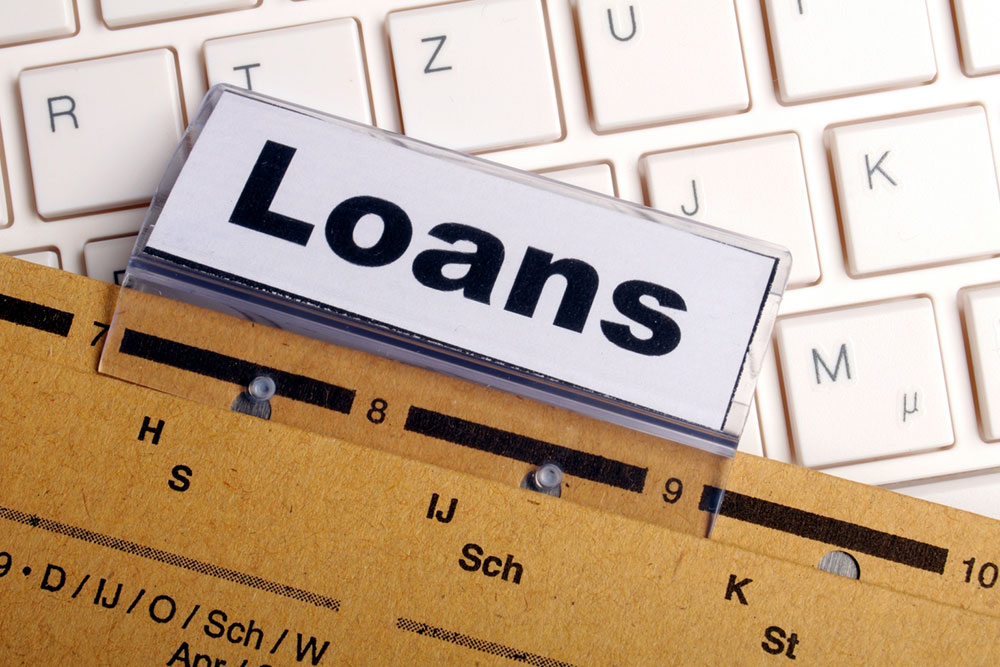Complete Guide to Financing Your Home Renovation Projects
This comprehensive guide explores various home renovation financing options, from home equity loans and HELOCs to personal loans and credit cards. It offers valuable insights into selecting the right funding source based on project size, budget, and eligibility. Developers and homeowners can benefit from understanding these options to finance upgrades effectively, potentially boost property value, and enjoy tax advantages. The article emphasizes preparation, comparison, and strategic planning to ensure affordable and successful renovation endeavors, making home improvement financially accessible and manageable for every homeowner.

Complete Guide to Financing Your Home Renovation Projects
Embarking on a home renovation or upgrade often involves significant financial investment. Fortunately, various financing options are available to help homeowners fund their renovation projects effectively. These financing methods range from traditional loans to innovative credit solutions, each with its own strengths and considerations. Understanding these options in detail can empower homeowners to choose the best financial pathway to realize their renovation goals without undue stress or financial strain.
Understanding Home Improvement Financing Options
Home improvement loans are specialized financial products designed to provide homeowners with the necessary capital to upgrade, repair, or remodel their properties. Typically, these loans are unsecured or secured, and selecting the right type depends on factors such as project scope, budget, credit profile, and long-term financial goals. Knowing the different loan types and their features is crucial for making an informed decision, ensuring excellent value, and avoiding potential pitfalls.
Types of Home Renovation Financing
There are several primary options for funding home renovation projects, each with distinctive advantages and suitability depending on your specific needs. The most common sources include home equity loans, home equity lines of credit (HELOCs), personal loans, and credit cards. Understanding how each works can help homeowners choose the best method to support their renovation ambitions while managing financial risks effectively.
Home Equity Loans: A Lump Sum Solution
Home equity loans are a popular choice for major renovation projects. These loans allow homeowners to borrow against a large portion of their home equity, often up to 85% of the property’s value minus any existing mortgage balances. They provide a lump sum of money upfront, which can be used to finance extensive remodeling or construction work. Since they are secured by the property itself, they typically come with lower interest rates. However, if the borrower fails to meet repayment terms, the lender has the right to foreclose on the home, making this a potentially risky option if not managed responsibly.
Understanding HELOCs: Flexibility for Ongoing Expenses
Home Equity Line of Credit (HELOC) operates somewhat like a credit card secured by your house. It provides flexibility, allowing homeowners to withdraw funds as needed during different phases of their renovation project. With a HELOC, borrowers are approved for a maximum credit limit, and they only pay interest on the amount they draw, not the entire available credit. This makes HELOCs particularly suitable for ongoing expenses, incremental upgrades, or projects where costs may fluctuate. Similar to home equity loans, HELOCs are secured by the home, which means they typically enjoy lower interest rates but also carry inherent risks if not repaid.
Personal Loans: Quick and Fixed-Rate
Personal loans are unsecured borrowing options, which means they do not require collateral such as property. They are ideal for smaller-scale projects or when homeowners prefer fixed interest rates and predictable monthly payments. Personal loans often come with shorter repayment periods, making them a good choice for quick repairs or minor upgrades. Since they are unsecured, they usually carry higher interest rates compared to secured loans, but they provide quick access to funds without the need for home appraisal or extensive paperwork. These loans are best suited for urgent repairs or smaller projects where timing and flexibility matter.
Using Credit Cards for Home Improvements
Credit cards can be an effective solution for smaller expenses or immediate repair needs. They offer convenience, quick approval, and the ability to manage cash flow effectively. Some credit cards come with introductory 0% interest rates for balance transfers or purchases, which can be advantageous for low-cost projects if paid off within the promotional period. However, due to typically higher interest rates, credit cards should be used cautiously and mostly for short-term or minor expenditures to avoid accumulating substantial debt.
After selecting an appropriate financing option, homeowners should pay close attention to key factors such as interest rates, eligibility requirements, loan terms, fees, repayment schedules, and maximum borrowing limits. Comparing multiple lenders and understanding the total cost of borrowing helps ensure an affordable and manageable loan experience.
Prequalification can be an important step before fully applying. Many lenders offer prequalification processes that do not impact your credit score, providing estimates of potential loan amounts, interest rates, and repayment terms. This allows homeowners to evaluate their options thoroughly and choose the most suitable financing plan for their renovation needs.
Securing a home improvement loan is generally a straightforward process. It involves preparing necessary documentation such as proof of income, identification, residency, and credit history. Having these ready allows for faster processing and approval. It’s also wise to understand the disbursement process—whether the lender provides funds as a lump sum, in installments, or via credit lines. Secured loans usually offer lower interest rates and longer repayment periods, while unsecured options provide quick access but may be more expensive.
Upgrade property value through strategic renovations financed by tailored loan options.
Leverage potential tax deductions available for certain home improvement loans, especially home equity types—consult professionals for advice.
Improve living standards and home aesthetics, enhancing the comfort and functionality of your residence.
Providers of Home Renovation Loans
Various financial institutions and organizations provide home renovation financing options. These include banks, credit unions, government programs, specialty lenders, and credit card companies. Each offers distinct plans tailored to different credit profiles and project sizes. Shopping around and comparing offers can help identify the most affordable and flexible financing arrangement.
Disbursement and Repayment : Loan funds can be disbursed as a lump sum, in installments aligned with project milestones, or through revolving credit lines. Secured loans usually feature lower interest rates and longer repayment periods, while unsecured loans might have higher interest rates with shorter terms. Understanding these structures helps homeowners plan their budgets and avoid cash flow issues.
In conclusion, choosing the right financing method for your home renovation depends on several factors, including your project scope, future plans, and financial capacity. Whether utilizing a home equity loan, HELOC, personal loan, or credit card, informed decisions can lead to successful renovation projects and increased property value, all while maintaining financial stability.





